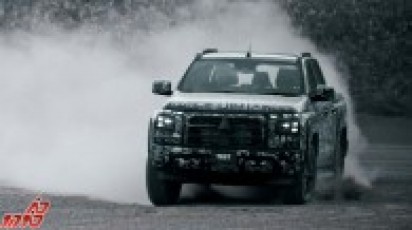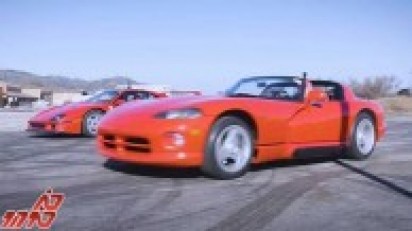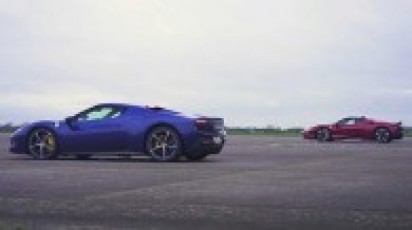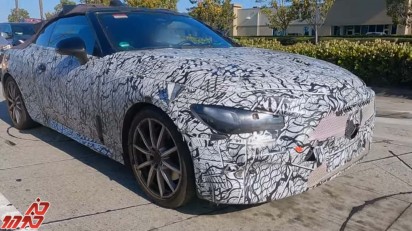| |

According to Khabar Khodro, Jaguar Land Rover’s new advanced product creation centre in Gaydon employs about 13,000 engineers and designers. But back in 1966 it was just three souls – working out of hours, no less – that drew up the initial design of what would become an all-new model for the Rover Company. Then three engineers took the vehicle to production-ready status in only two years. It was a remarkable achievement.
In turn, the project was variously known as ‘Alternative Station Wagon’, ‘100-inch Station Wagon’ and ‘Concept Oyster’ before being launched in 1970 wearing a much more familiar name: Range Rover.
Today, we mark 50 years of the pioneering 4x4 by driving one of the remaining pre-production Range Rovers – engineering vehicle number 23 – which turned from test hack to unlikely rally car in the hands of one of the three aforementioned engineers, Roger Crathorne, who later became its owner. And to see what four generations of evolution looks like, we’ve brought along a current Range Rover SDV8 Vogue.
The first prototype was built in July 1967 and had the silhouette of a Range Rover but not the details (see the Ford Transit bumpers). And all-important coil springs aside, it traded heavily on Land Rover hardware, using axles, selectable four-wheel drive and drum brakes from the utilitarian workhorse.
That all changed with the second iteration, which set the formula for production. There was prototype full-time four-wheel drive, a Boge Hydromat self-levelling strut to maintain ride height at the back – allowing both suppleness and stability, regardless of payload – and all-round disc brakes.
A third prototype emerged in July 1969 and replaced the original exterior design with a more refined aesthetic that was instantly recognisable as the production model, which nowadays is known as the Range Rover Classic.
In all, seven prototypes were built, undergoing testing not only at home but also across Europe and North Africa. Then came 28 pre-production chassis, exploring engineering possibilities from long-wheelbase and six-wheeler configurations to ambulance specification and even roof-mounted air conditioning. So as not to arouse suspicion, these cars were branded ‘Velar’ (referencing the Italian velare – to veil) and registered miles away in Croydon.






